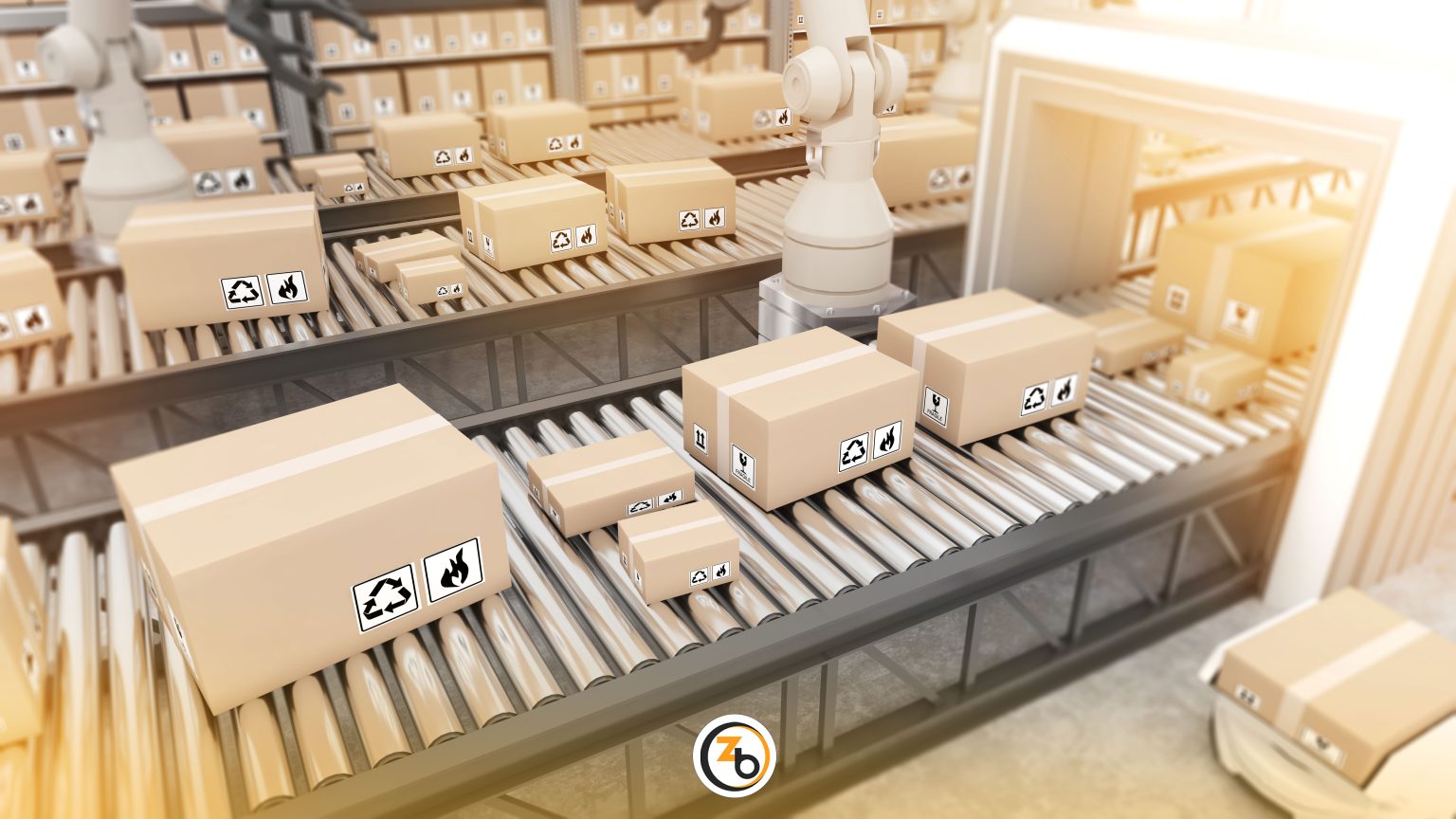Selling on Amazon through FBA (Fulfillment by Amazon) can be one of the most efficient ways to scale your e-commerce business—but only if you get your packaging right.
You may think, “If Amazon stores, picks, packs, and ships my inventory, why should I worry about packaging?” Here’s the truth: your success with Amazon FBA hinges on how well your products are prepared before they even reach a fulfillment center. Amazon’s packaging standards aren’t just arbitrary rules—they’re designed to protect your products, reduce waste, and ensure fast, smooth fulfillment for your customers.
Let’s walk through the key Amazon packaging requirements every FBA seller should know, and how to get them right the first time.
Table of Contents
Why packaging is more important than you think
You’ve done the hard part—sourcing your product, getting it ready for sale, and deciding to leverage Amazon FBA. Now the final step is ensuring it arrives at the fulfillment center properly prepped. Here’s why:
- Damaged products hurt your profits: Improper packaging can lead to damage in transit or while being stored, resulting in returns and lost revenue.
- Incorrect labeling causes delays: Mislabeling or missing barcodes can cause your inventory to be rejected or delayed.
- Over-packaging is wasteful: Amazon is big on sustainability. Too much packaging may not only get flagged, but it also adds unnecessary cost.
- Your brand reputation is at stake: Bad unboxing experiences reflect poorly on your brand, even if Amazon did the fulfillment.
The basics: General packaging rules
Amazon has a clear set of packaging requirements for all products shipped to its fulfillment centers. Here’s what you need to keep in mind:
- Secure containment: Each product must be in a sealed, durable container. Whether it’s a poly bag, a retail box, or shrink wrap, the product must be protected from damage or leakage.
- Drop test ready: Boxes must be able to withstand a standard drop test, because they’ll likely get tossed around during transit and storage.
- Six-sided boxes: If you’re using boxes, they must have six sides and close fully without the need for tape to keep them shut.
Barcode requirements: No barcode, no business
Amazon uses barcodes to track every item from the warehouse to the customer. Without proper labeling, your product may never make it to the virtual shelf.
There are three main types of barcodes Amazon recognizes:
- Transparency codes: For brand-registered sellers looking to protect their products from counterfeiting.
- Amazon barcodes (FNSKU): These are unique to your product listing and required if you’re not eligible for stickerless commingled inventory.
- Manufacturer barcodes (UPC, EAN, ISBN): Common for branded retail items.
Make sure barcodes are printed clearly and placed where they can be easily scanned without opening the packaging.
Additional packaging details to know
- Bubble wrap & poly bags: Great for protecting fragile items, but remember to add suffocation warnings if bags are larger than 5 inches. Also, the barcode must be scannable through the wrap or bag.
- Multi-piece sets: If your product is a bundle, clearly mark it as “Sold as set” or “Do not separate” to avoid issues during fulfillment.
- Overboxing: Oversized or heavy products may need to be double-boxed to meet safety requirements.
- Mattresses & large goods: These must be packed in corrugated cardboard boxes that fit snugly and protect the item during transport.
- Expiration dates: Any product with a shelf life must have a visible expiration date on the outer packaging.
- Case-packed items: If you’re shipping in bulk with several units in a single box, all items must be the same SKU and quantity per case.
Meeting Amazon’s packaging requirements may feel tedious at first, but it’s a crucial step in building a smooth-running, profitable FBA business. The good news? Once you dial in your packaging process, it becomes second nature—and your products will flow through Amazon’s system with fewer issues, fewer delays, and far fewer headaches.
Take the time to get it right upfront, and you’ll save yourself (and your customers) a world of trouble later.
If you’re serious about growing your Amazon business, nailing your packaging strategy is non-negotiable. Treat it like part of your brand—and let Amazon do what it does best: fulfill with speed, accuracy, and scale.

